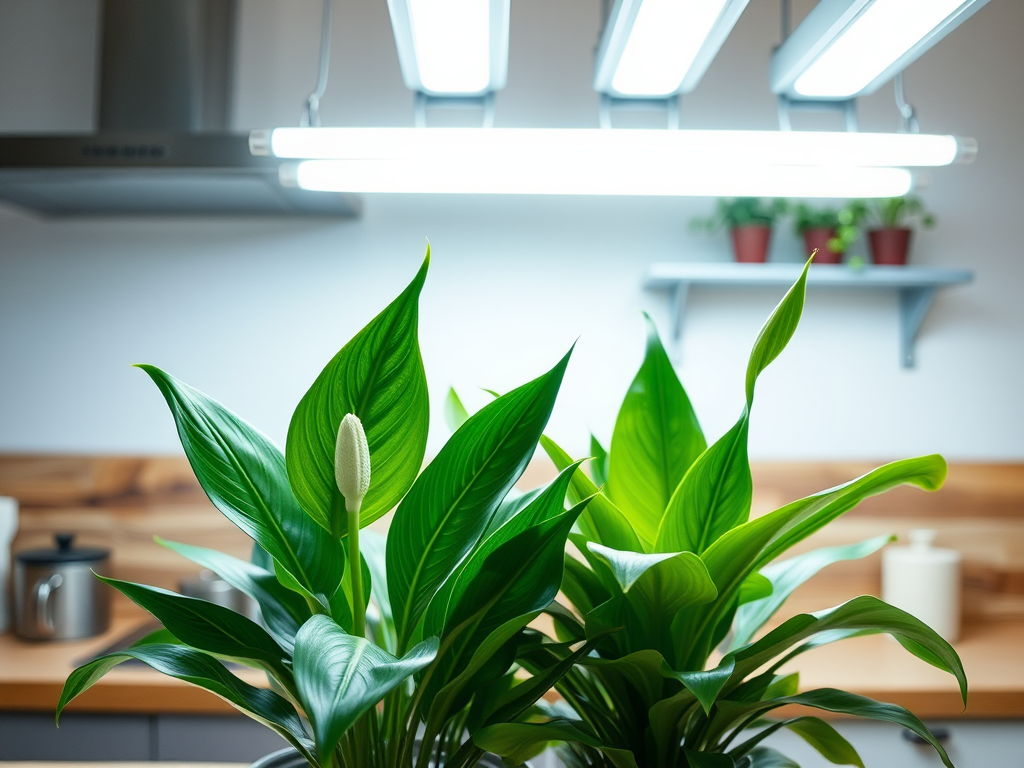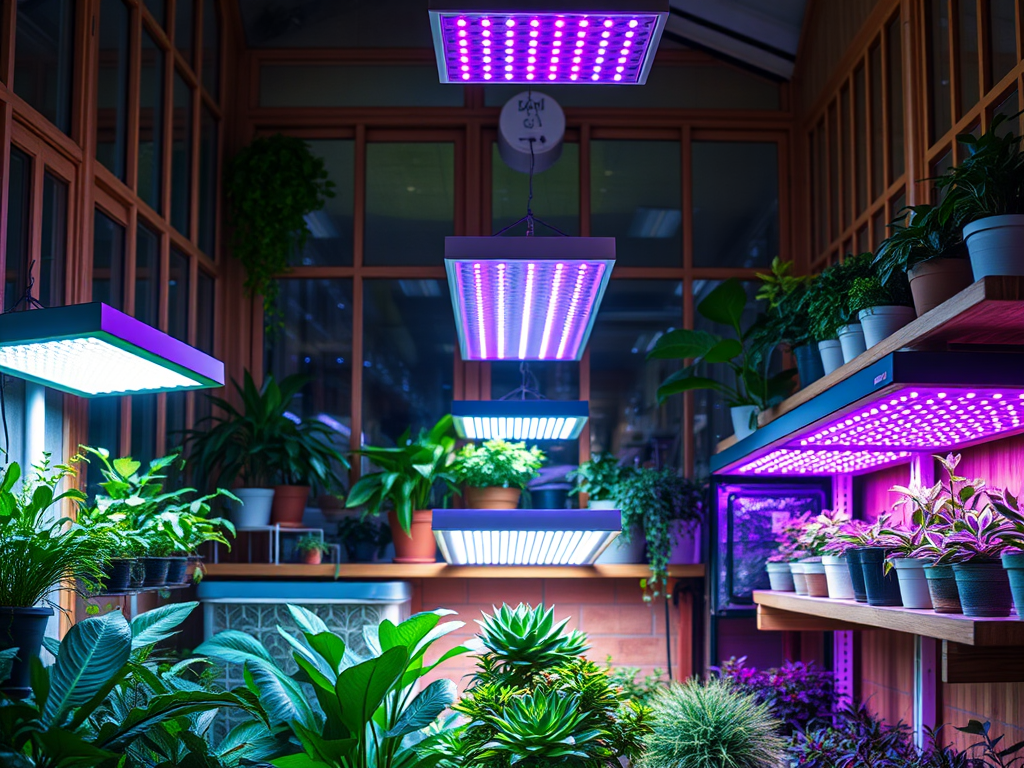Indoor gardening has surged in popularity, transitioning from a niche hobby to a mainstream passion. More people are transforming their living spaces into green retreats filled with lush foliage and stunning blooms. However, a common question arises: how crucial is lighting when it comes to nurturing your indoor plants? The truth is, while plants are miraculous organisms capable of adapting to various conditions, light is among the most critical factors affecting their health and growth. In this article, we will explore the intricacies of plant light requirements, discuss the types of indoor grow lights available, and answer the burning question—do you really need them?
Understanding how plants utilize light can help clarify their need for it, especially in indoor settings. Photosynthesis is the magical process through which plants convert light energy into chemical energy, enabling them to grow, blossom, and sustain themselves. Without sufficient light, plants may struggle to survive, and their growth can become stunted. Therefore, knowing the type of light your indoor plants require is paramount for successful indoor gardening.
The Basics of Plant Light Requirements

Plants primarily use light in two forms: natural and artificial. Natural light comes directly from the sun, providing the ideal spectrum that plants need. However, artificial lights serve as an excellent substitute when sunlight is inadequate or unavailable. For many indoor gardeners, understanding these two light types can make all the difference between a thriving plant and a wilting one.
Natural Light vs. Artificial Light

The amount of natural light required varies dramatically among different plant species. Some plants can thrive on minimal light, while others may need several hours of intense sunlight each day. However, relying solely on natural light comes with its own set of challenges. Seasonal changes can limit sunlight availability, shadows from buildings can obstruct light, and indoor environments with few windows complicate matters. Hence, many indoor gardeners find that complementing natural light with artificial sources is essential for optimal plant health.
Types of Indoor Grow Lights
With the right outdoor light often being hard to come by, understanding various artificial light options is vital. Different types of grow lights offer unique benefits and drawbacks. Here’s a breakdown of the common types you should consider:
- LED Lights: Energy-efficient and come in full-spectrum options.
- Fluorescent Lights: Affordable and effective for seedling growth but may need frequent replacement.
- Incandescent Lights: Less energy-efficient, but they can provide heat.
| Type of Light | Pros | Cons |
|---|---|---|
| LED Lights | Energy-efficient, long-lasting | Higher initial cost |
| Fluorescent Lights | Cost-effective, dimmable | Less energy-efficient, shorter lifespan |
| Incandescent Lights | Inexpensive, easy to find | High heat output, low efficiency |
Making the right choice generally depends on your specific plants, their growth stages, and your indoor environment. When selecting a light source, consider both the spectrum and intensity of the light. Different plants respond to various light conditions, and understanding these can take your indoor gardening to the next level.
Signs Your Plants Need More Light
Understanding the indicators of insufficient light can save your plants from unnecessary stress. Common signs include:
- Stunted growth: When plants aren’t growing at a reasonable rate, it might signal inadequate light.
- Leggy growth: Stretched stems and sparse leaves indicate that plants are reaching for light.
- Yellowing leaves: Leaves may turn yellow and drop off if deprived of sufficient light.
Conversely, too much light can be just as harmful. Watch for brown leaf tips or scorched patches, as these are signs of overexposure. Finding the right balance is key to thriving indoor plants.
Benefits of Using Indoor Grow Lights
Implementing artificial light into your plant care regimen can yield a host of benefits. Not only can it enhance growth rates and blooming times, but it also enables year-round gardening without the constraints of seasonal changes. Here are some advantages:
- Consistent light availability leads to healthier plants.
- Controlled light conditions allow for greater variety in plant selection.
- Grow lights provide an opportunity for experimenting with plants that thrive in higher light conditions.
In essence, artificial lights can pave the way for a bustling indoor garden that reflects your unique gardening goals.
Conclusion
In summary, indoor lights are not just an optional addition; they can be a vital component of your plant care strategy. While not every plant demands artificial light, numerous species flourish with the right lighting conditions. Ultimately, understanding your plants’ specific needs will allow you to choose the most suitable lighting solutions, setting the stage for vibrant and healthy indoor green spaces.
Frequently Asked Questions
- Do all indoor plants need artificial light?
Not all plants require it; some thrive in low light. - How do I know how much light my plant needs?
Research the specific needs of your plant species or consult with a gardening expert. - Can I use regular household bulbs for my indoor plants?
While possible, specialized grow lights are more effective in providing the necessary light spectrum. - How far should grow lights be from plants?
Typically 12 to 24 inches, but this varies based on the type of light used; check manufacturer guidelines. - Is it okay to leave grow lights on 24/7?
It’s generally not recommended; most plants benefit from a light-dark cycle similar to natural sunlight. - What plants are best suited for indoor light conditions?
Low-light plants such as snake plants, pothos, and peace lilies typically do well indoors.
